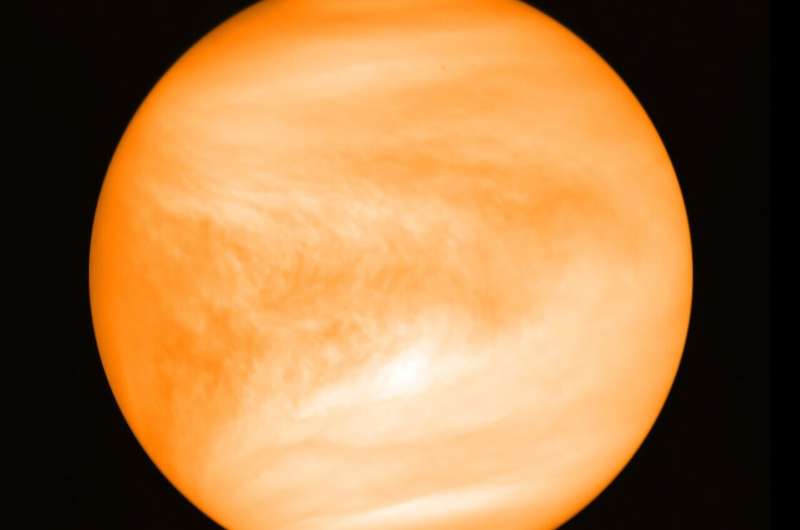The Journey and Dramatic Return of the Russian Kosmos 482 Spacecraft
The Russian Kosmos 482 spacecraft recently captured headlines worldwide, bringing an astonishing saga that spanned over five decades to an end. Originally designed as a Venus lander, Kosmos 482’s journey is a fascinating reflection of the Cold War space race—and a stark reminder of growing concerns about space debris in Earth's orbit.

The Mission: A Soviet Dream to Reach Venus
In 1972, the Soviet Union aimed to expand its legacy of planetary exploration with the launch of the Kosmos 482 probe. Its mission? To study Earth’s neighboring planet Venus. Tragically, due to a rocket malfunction shortly after launch, the spacecraft never left Earth’s orbit. Instead, it became trapped in an elliptical path around our planet, beginning what would be a 53-year journey circling above the atmosphere.
The Kosmos 482 mission was part of the ambitious Soviet Venera program. Most of the craft's components fell back to Earth within ten years. However, the durable descent capsule, engineered to withstand the brutal conditions of Venus, continued to orbit, shielded by its robust titanium shell.
Dramatic Reentry After Five Decades
On May 10, 2025, the inevitable happened. The Russian Kosmos 482 returned to Earth, reentering the atmosphere and plunging into the Indian Ocean. According to Space.com’s detailed coverage, astronomers and tracking agencies predicted several possible reentry points, but consensus suggests the spacecraft fell harmlessly into the sea. The European Space Agency tracked its final descent, adding insights into its dramatic end.
This spectacular reentry was notable not only due to the spacecraft's age, but because of its resilience. Built to survive the crushing heat and pressure of Venus's atmosphere, the descent capsule may have largely survived the fall, unlike most other space debris.
What Made Kosmos 482 Unique?
Kosmos 482 was roughly one meter wide and weighed around 495 kilograms (over 1,000 pounds). Its structure made it particularly interesting for scientists tracking reentries, since its tough exterior was likely to resist the severe conditions of atmospheric return.
Although its intended mission failed, Russian Kosmos 482 has provided decades of data for orbital tracking and debris management agencies. This event highlights not only the enduring engineering of Soviet-era spacecraft, but also the complexities involved when aging artificial objects orbit Earth far longer than their creators intended.
The Broader Issue: Space Debris and Long-Term Orbits
Kosmos 482’s fall is a reminder of the growing problem of space debris. The European Space Agency and other organizations estimate that Earth’s orbit contains thousands of satellites and defunct spacecraft. More objects are launched every year, increasing the likelihood of uncontrolled reentries. Although the risk to people or property remains low, each incident adds urgency to the global conversation about responsible space operations.
For further details about Kosmos 482 and issues surrounding space debris, you can read additional coverage on Space.com and nytimes.com.
Conclusion: The End of an Era in Orbit
The Russian Kosmos 482 story is an amazing chapter in space exploration. From its launch as an ambitious Venus probe to its eventual fiery demise over the Indian Ocean, the spacecraft serves as a testament to human invention and the challenges of maintaining space sustainability. As we continue to launch new missions, the lessons of Kosmos 482 remind us of the importance of tracking, innovation, and vigilance above our skies.